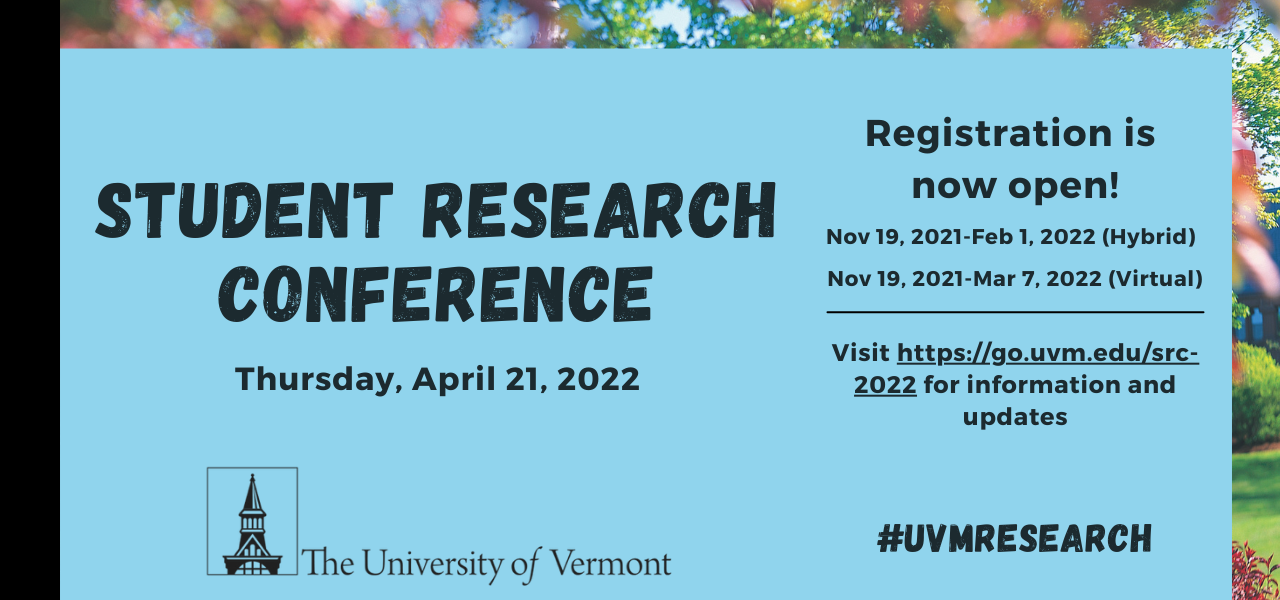Characterizing language changes surrounding COVID-19 vaccine discourse on Twitter
Conference Year
January 2022
Abstract
Globally, the 2019 Coronavirus pandemic (COVID-19) impacted and threatened the everyday lives and wellbeing of humanity. The development of a vaccine resulted in widespread, viral discourse on social media platforms like Twitter, generating divergent sentiments. This study centers on two focal points. First, characterizing vaccine specific discourse by identifying common words and phrases used and elucidate meaning. Second investigate if collective attention explains differences in vaccination rates between states. This study employs a collection of Twitter posts extracted from a data stream of approximately 10 percent of all English tweets. Total vaccine discourse increased by several orders of magnitude relative to the average of the ten years of Twitter data. While the overall ambient happiness plummets in the Spring 2020 COVID-19 peak, average ambient happiness related to vaccine discourse remains stable. In contrast, the lexicon of words surrounding vaccine discourse change from anticipatory discourse referencing past Measles Mumps and Rubella (MMR) vaccines to new reactionary discourse archetypes as COVID vaccines distribution occurs. Overall, this study demonstrates that the sheer magnitude of amplified discourse is further characterized by the type of event and the subject, scientific or political communities disseminating information.
Primary Faculty Mentor Name
Chris Danforth
Student Collaborators
Michael Arnold
Status
Graduate
Student College
College of Engineering and Mathematical Sciences
Second Student College
College of Engineering and Mathematical Sciences
Program/Major
Mathematics
Primary Research Category
Health Sciences
Characterizing language changes surrounding COVID-19 vaccine discourse on Twitter
Globally, the 2019 Coronavirus pandemic (COVID-19) impacted and threatened the everyday lives and wellbeing of humanity. The development of a vaccine resulted in widespread, viral discourse on social media platforms like Twitter, generating divergent sentiments. This study centers on two focal points. First, characterizing vaccine specific discourse by identifying common words and phrases used and elucidate meaning. Second investigate if collective attention explains differences in vaccination rates between states. This study employs a collection of Twitter posts extracted from a data stream of approximately 10 percent of all English tweets. Total vaccine discourse increased by several orders of magnitude relative to the average of the ten years of Twitter data. While the overall ambient happiness plummets in the Spring 2020 COVID-19 peak, average ambient happiness related to vaccine discourse remains stable. In contrast, the lexicon of words surrounding vaccine discourse change from anticipatory discourse referencing past Measles Mumps and Rubella (MMR) vaccines to new reactionary discourse archetypes as COVID vaccines distribution occurs. Overall, this study demonstrates that the sheer magnitude of amplified discourse is further characterized by the type of event and the subject, scientific or political communities disseminating information.


